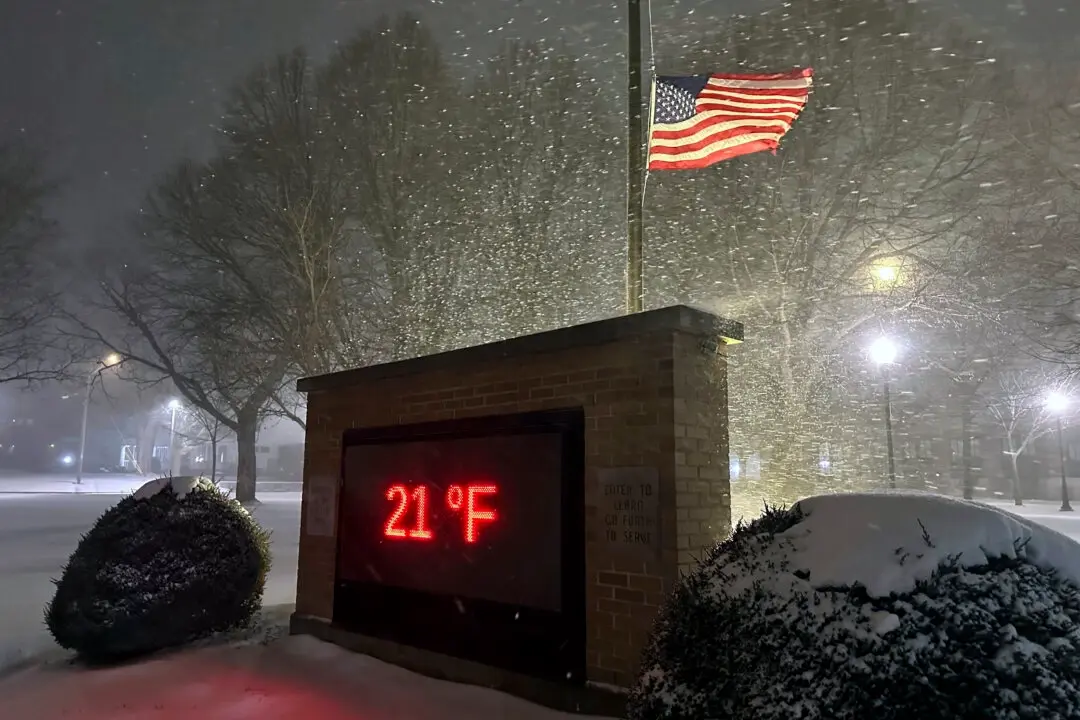In early January 2025, Winter Storm Blair swept across the United States, leaving a trail of destruction in its wake. The storm brought heavy snowfall, ice, and frigid temperatures, affecting millions and resulting in at least ten fatalities. As the nation grappled with the storm’s impact, communities came together to support one another and begin the recovery process.
A Deadly Storm Unfolds
Winter Storm Blair, which formed on January 3, 2025, rapidly intensified as it moved southeastward, impacting a vast swath of the country from the Pacific Northwest to the Mid-Atlantic states. The storm’s severity prompted the National Weather Service to issue widespread winter storm advisories, covering approximately 1,500 miles from western Kansas to West Virginia. The Weather Channel unofficially named the system “Winter Storm Blair,” highlighting its significant impact.
Tragically, the storm claimed at least ten lives. Many of these fatalities resulted from traffic accidents on icy roads, as well as exposure to the extreme cold. In Kansas, a woman was found deceased after being reported missing during the storm. Additionally, a vehicle collision in Ford County led to one death and another injury.
Widespread Power Outages and Infrastructure Strain
As Blair moved across the nation, it left hundreds of thousands without power. At its peak, over 365,000 customers experienced outages due to downed power lines and damaged infrastructure. In Richmond, Virginia, the storm caused a water outage and ensuing crisis due to damage sustained to water distribution facilities.
The storm’s impact on infrastructure extended beyond power and water systems. In Kansas City, Missouri, the Kansas City International Airport was forced to close due to rapid ice accumulation on the airfield, stranding travelers and delaying flights.
States of Emergency Declared
In response to the storm’s severity, several states declared states of emergency, including West Virginia, Maryland, Missouri, Kentucky, and New Jersey. These declarations enabled the mobilization of resources and personnel to assist with emergency response efforts. Governor Jim Justice of West Virginia emphasized the state’s commitment to safety, stating, “Our top priority is safety, and state agencies are pulling the rope together to stay ahead of the challenges we may face.”
Travel Disruptions and Flight Cancellations
Winter Storm Blair wreaked havoc on travel across the country. Thousands of flights were canceled or delayed as airports struggled to manage the heavy snowfall and icy conditions. Major interstates and highways were closed due to hazardous driving conditions, leading to significant disruptions in both passenger and freight transportation.
Community Response and Resilience
Despite the storm’s challenges, communities across the affected regions demonstrated resilience and solidarity. Emergency services worked tirelessly to clear roads, restore power, and provide assistance to those in need. Shelters were opened to accommodate individuals displaced by the storm, offering warmth and safety amid the frigid conditions.
In rural areas, farmers and agricultural communities faced unique challenges as the storm disrupted operations and threatened livestock. Nevertheless, these communities banded together, sharing resources and supporting one another through the crisis.
Looking Ahead
As Winter Storm Blair moved offshore into the Atlantic Ocean on January 6, 2025, the nation began the arduous task of recovery. Efforts to assess and repair the damage commenced promptly, with a focus on restoring normalcy and preparing for potential future weather events. The storm served as a stark reminder of the importance of preparedness and the strength of community in the face of adversity.







